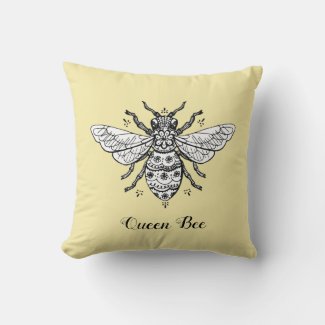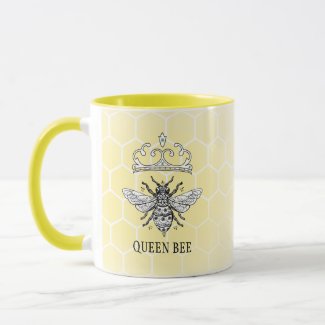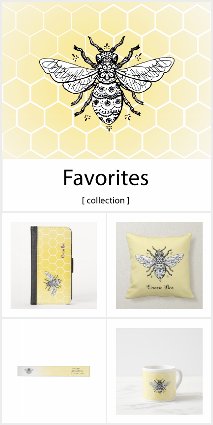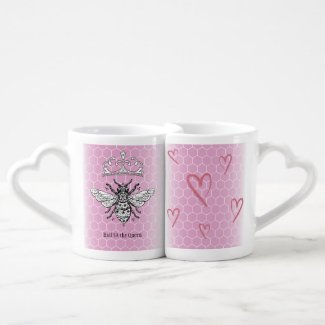If you're wondering if PastryMade's rolling pins are worth the splurge, they are! The designs are laser-etched deeply to give you great results. There are dozens to choose from, and several are bee-themed. I bought Honeycomb, Morning Birds, and my third pin (not shown) is the Stand with Ukraine one, which literally supports families in the Ukraine.
Their butter cookie recipe (below) makes a really nice cookie that's not
particularly sweet but not particularly rich either. Tender crisp, they are perfect with a cup of tea. The recipe is super easy, but here are some tips to help you get the best results from your specialty pins.
Tip #1: the Regular size is more than adequate, no need to spend another $10 for the Big rolling pin.
Tip #2: use spoon butter to prep your pins
Tip #3: a Silpat will give you the classic, blonde shortbread cookie look
Tip #4: rice flour gives you a nonstick work surface and tender reworked dough
Tip #5: clean the grooves with a toothbrush for perfect impressions time and time again.
These fall somewhere between a sugar cookie and a classic shortbread.
I've made these with Irish butter and supermarket butter, and it doesn't make a huge difference. You can even use salted butter if that's what you've got. With the exception of needing to use a scale, it's a very forgiving recipe. The volume measurements (in parentheses) are close approximations.
 |
Morning Birds, bottoms dipped in chocolate. A little bottom browning helps balance the flavors.
|
The recipe makes about 60 cookies. I can fit two dozen on a half-sheet and bake two sheets at a time, so the time spent actually baking is short.
It's a good idea to bake one tray to start, to determine if you need to adjust your oven temperature up or down.
 |
With the oven at the right temperature, baked cookies won't look much different from unbaked ones.
|
I bake at 350°F when using Super Parchment (top tray above), which tends to bottom brown the cookies, whereas
Silpat (bottom tray above) isn't prone to that. I prefer my shortbreads blonde, but color = flavor so go for it if that's what
you like.
 |
The recipe makes about 60 cookies.
|
PASTRYMADE BUTTER COOKIES
butter 200g / 7.05 oz. (14 Tbsp.)
1 egg
2 T. olive oil (I prefer something neutral, like avocado oil)
pinch of salt
flour 400g / 14.1 oz. (shy 3¼ cups)
icing (powdered) sugar 150g / 5.25 oz. (1⅓ c.)
It doesn't get any easier than this! Place all (room temperature) ingredients in the bowl of a mixer fitted with the paddle attachment. Mix until thoroughly combined. Roll, cut, bake.
Ready for the TMI?
Rest the dough in the fridge while you prep your rolling pin(s). I don't like the idea of using oil, which will eventually go rancid. Instead, I recommend treating it with spoon butter, which is more durable and won't need to be repeated as often. Use a manual toothbrush to really work it into the engraved details. The warmth of your hands can help it penetrate the wood.
Working with half the dough, use a regular rolling pin and roll to a thickness somewhere between ⅛- and ¼-inch. Lightly dusting your work surface and the dough with rice flour will help you get the best impression from your engraved pin. Rice flour has no gluten so won't toughen up your cookies even after rerolling the scraps.
Though the pins spin nicely on their handles, I find that using them requires a slight forward push which stretches and tears the dough. Not using the handles, treating it like a French pin, works better for me. Use more downward pressure than forward pressure (though I suppose you could start from the far edge and roll toward yourself). For evenly thick cookies start to finish, make a mental note of how the downward pressure feels. The dough expands forward as it's manipulated by a small amount, but there is no stretching (so there's no rebound and your cookies keep their shape as they bake). If the impression isn't as intense as you'd hoped, you can flip the dough over and try again if it's thick enough. I probably do it 50% of the time.
My favorite cutters are a fluted 38mm/1½" and 48mm/1⅞". Since the cookies don't expand, I place them practically touching each other on a lined half-sheet. Silpat are ideal. Super Parchment is a less expensive sustainable option. Parchment paper, especially the thin cheap kind, can get wavy as the dough releases moisture, producing cookies that aren't flat. Gather the scraps, reroll and cut until you run out of dough. You'll roll out the other half of the dough while the first batch bakes.
Clean the pin with the toothbrush if the dough starts sticking (and when you're done for the day). To help the pattern be most visible, PastryMade recommends chilling the sheet of cookies for 20-30 minutes but I don't bother. While the oven preheats and by the time I've loaded up two cookie sheets, they've rested plenty.
The original recipe says to bake at 200°, which I didn't realize was Celsius until several minutes after they were supposed to be done baking, they just looked wet and raw. Converted that's 392°F but I find it too hot. It makes the cookies puff up so the design gets stretched and muted, plus the cookies don't bake through evenly. At lower temperatures, the cookies don't budge, so the design stays crisp and the bottom is evenly golden. As with all cookies, if you don't see them at least starting to turn gold on the edges, you run the risk of the cookies tasting flour-y and being a little chewy (underbaked). You can bake multiple trays at a time, rotating and swapping trays midway. Depending on how thick your cookies are, bake for 9-15" per batch. Transfer the cookies to a cooling rack and repeat with the other half of the dough.
These cookies taste like a lightly sweet, classic shortbread. A trio of them is a good accompaniment to a cup of tea any day.
BONUS TIPS for making it to the bottom of this post!
#1: No Pressure! the Buy 2 Get 1 promotion is perpetual, despite PastryMade's constant ads (and website) saying Only Today. Try THANKS10 for 10% off your order.
#2: Use milk chocolate if you're decorating the cookies; their delicately flavor is overwhelmed by dark chocolate.
#3: Scraping seeds from half a vanilla bean gives these simple cookies a greater depth of flavor.
Let me know if you make these cookies, and if you used a fancy rolling pin!







